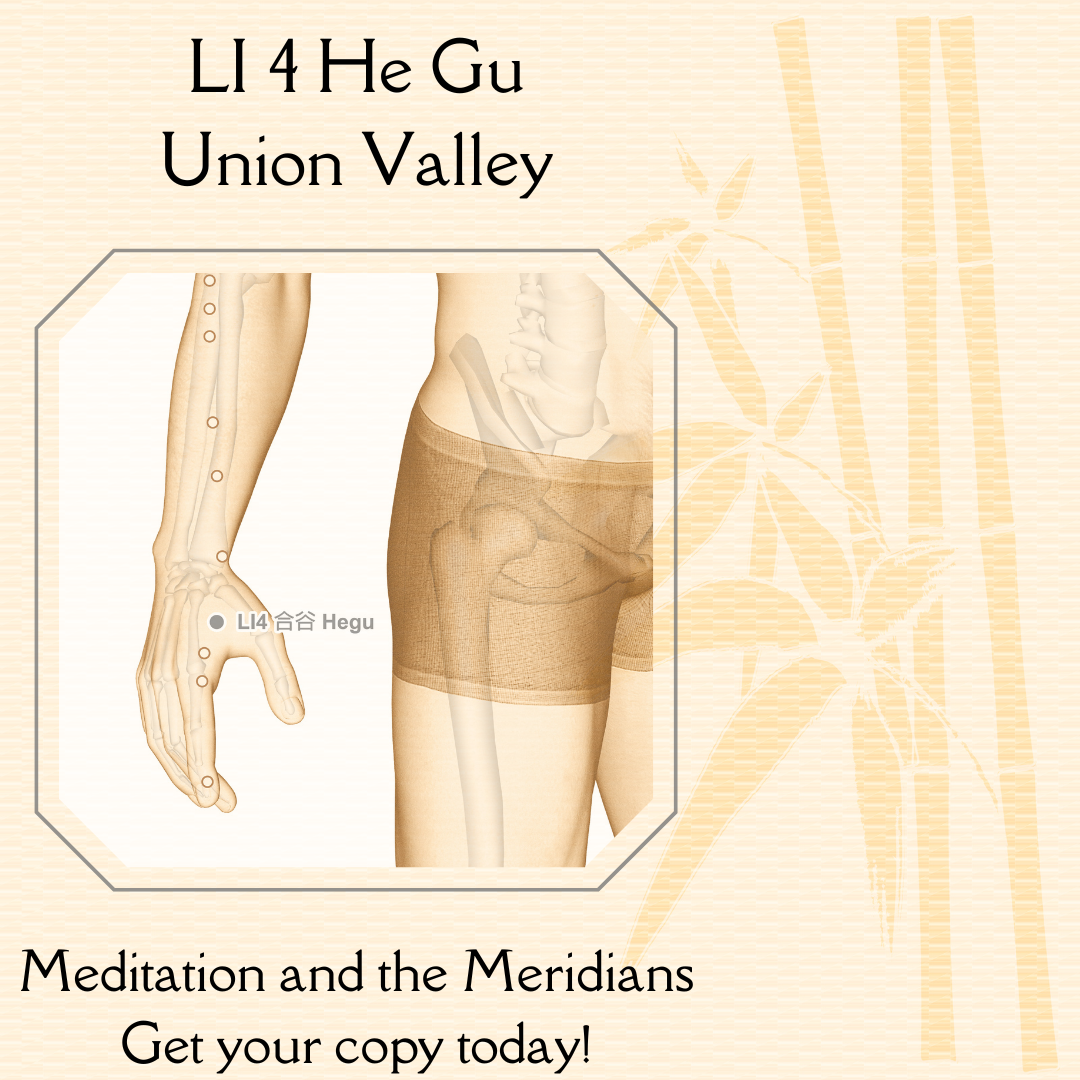Treating Eczema with Gua Sha and Acupoint He Gu: A Natural and Effective Approach
What is Eczema?
Eczema is a chronic skin condition characterized by itchy, inflamed, and dry patches of skin. Millions of people worldwide struggle with eczema, and finding effective treatments can be challenging. While conventional therapies exist, many individuals are turning to alternative and holistic approaches to manage their eczema symptoms. One such method gaining popularity is Gua Sha, an ancient Chinese healing technique that, when combined with the use of acupoints like He Gu, can provide relief to those suffering from this condition.
Understanding Gua Sha and Acupoint He Gu
Gua Sha, pronounced "gwah-shah," is a traditional Chinese therapy that involves scraping the skin with a smooth-edged tool. This technique promotes blood circulation, reduces inflammation, and releases stagnation within the body. Gua Sha tools are typically made of materials like jade or buffalo horn, known for their smooth edges. The scraping motion of Gua Sha creates temporary redness or petechiae, indicating increased blood flow in the treated area.
Acupoint He Gu, also known as LI4 or the Joining Valley, is an essential acupoint in traditional Chinese medicine. It is located on the back of the hand between the thumb and index finger, in the fleshy area where the bones join. Acupoint He Gu is believed to have a wide range of benefits, including pain relief, immune system support, and promoting healthy skin.
Gua Sha and Acupoint He Gu for Eczema Relief
The combination of Gua Sha and Acupoint He Gu can be a powerful approach for managing eczema symptoms. Here's how it works:
Improved Blood Circulation: Eczema often disrupts blood circulation in affected areas, leading to slower healing and increased discomfort. Gua Sha's scraping motion, combined with targeting Acupoint He Gu, stimulates blood flow. This increased circulation delivers vital nutrients and oxygen to the skin, supporting the healing process and reducing inflammation associated with eczema flare-ups.
Balancing Energy: Acupoint He Gu is known to balance the flow of energy, or Qi, in the body. By incorporating Gua Sha on Acupoint He Gu, the technique helps regulate the body's energy and promotes harmony. This balance can have a positive impact on eczema symptoms, as imbalances in energy flow are believed to contribute to skin conditions like eczema.
Stress Relief and Immune Support: Stress is a common trigger for eczema flare-ups, as it disrupts the body's immune system and exacerbates inflammation. Gua Sha, particularly when applied to Acupoint He Gu, has been shown to promote relaxation, reduce stress levels, and support the immune system. By reducing stress and enhancing immune function, this combination can help manage eczema symptoms and reduce the frequency of flare-ups.
Skin Nourishment: Gua Sha treatments often involve applying facial oils or moisturizers to the skin before scraping. This step provides an opportunity to nourish and hydrate the skin, promoting its health and resilience. By targeting Acupoint He Gu during the Gua Sha session, the nourishing properties of the oils or moisturizers are further enhanced, benefiting the skin affected by eczema.
How to Perform Gua Sha with Acupoint He Gu for Eczema Relief
If you're considering using Gua Sha with Acupoint He Gu to manage your eczema, follow these steps:
Choose the Right Gua Sha Tool: Select a Gua Sha tool made of jade or another suitable material with smooth edges. Ensure the tool has a comfortable grip and is appropriate for use on the skin.
Prepare the Skin: Cleanse the affected area with a gentle cleanser and pat it dry. Apply a small amount of facial oil or moisturizer to provide lubrication and nourishment.
Locate Acupoint He Gu: Acupoint He Gu is located on the back of the hand, in the webbing between the thumb and index finger. Use your thumb and index finger to gently press the area until you feel a slight tenderness or sensitivity.
Scraping Technique: Hold the Gua Sha tool at a 15-degree angle and apply gentle pressure to Acupoint He Gu. Begin scraping with smooth strokes towards the wrist, applying consistent and moderate pressure. Continue scraping the area for 1-2 minutes, focusing on maintaining a comfortable level of pressure throughout.
Repeat the Process: After treating Acupoint He Gu, gently scrape the surrounding areas using the same technique, covering the entire affected region. Take care not to apply excessive pressure or scrape over open wounds, blisters, or broken skin.
Cleanse and Moisturize: After the Gua Sha session, cleanse your skin with a mild cleanser to remove any residual oil. Follow up with a moisturizer to lock in moisture and soothe the skin.
When to Seek Professional Advice
While Gua Sha and Acupoint He Gu can be effective in managing eczema, it's important to consult with a TCM (Traditional Chinese Medicine) practitioner. They can provide personalized advice, evaluate your specific condition, and ensure that Gua Sha and Acupoint He Gu are suitable for you.
Conclusion
Combining Gua Sha with the use of Acupoint He Gu provides a natural and effective approach to managing eczema symptoms. By improving blood circulation, balancing energy, relieving stress, and nourishing the skin, this combination can help alleviate itching, inflammation, and dryness associated with eczema. Remember to perform Gua Sha with gentle pressure, choose suitable tools, and consult with a TCM professional for personalized guidance. Embrace the power of Gua Sha and Acupoint He Gu, and discover their potential in supporting your skin's health and well-being.


